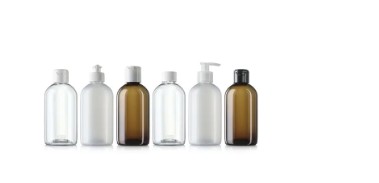A significant percentage of Coca-Cola’s packaging is designed to be recyclable, while the company’s strategic goal is to collect the equivalent of every bottle and can it sells by 2030.
These initiatives unite millions of volunteers and organisations in South Africa and around the globe to tackle the world’s packaging problem and focus on establishing a sustainable and environmentally conscious planet.
Coca-Cola recognises that the country has a packaging problem and through its Jamii sustainability platform, Coca-Cola is tackling social and environmental issues relating to water, waste, and wealth on the continent.
“As Coca-Cola in South Africa, a central focus of our business is the sustainability of the environment and communities in which we operate,” says Babongile Mandela, public affairs, communications and sustainability director at Coca-Cola Africa
“We are on a journey to reduce, recycle and re-use the packaging we produce to create a circular economy where packaging produced does not end up in the environment, but forms part of a value chain where ‘waste’ can be recycled back into valuable materials used to produce more packaging, or, where this isn’t possible, into other materials like furniture or building materials,” explains Mandela.
#WorldWithoutWaste vision
As part of its Jamii waste pillar, Coca-Cola and its #WorldWithoutWaste vision focuses on three strategic pillars: design, collect and partner.
Investing in smart packaging designs is the first step toward a #WorldWithoutWaste.
Beverage packaging has value and life beyond its initial use and Coca-Cola believes that it should be collected and recycled into new packaging as part of a circular economy.
This means keeping materials in use, either as their original product through re-use or (when that can no longer be used) through recycling back to raw materials. This way, nothing becomes waste and the intrinsic value of products, and their materials are retained.
Better designed packaging
Coca-Cola in South Africa has made strides in packaging innovation. For example, the most popular Coca-Cola package, the 2L bottle, is now available in returnable/re-useable PET in selected geographies across South Africa.
The 1.5L returnable/re-useable PET bottle has been available in the Western Cape for 28 years. Instead of producing single-use bottles, these bottles go on a looped journey to be cleaned and refilled to start the next lifecycle until they are ultimately recycled to form another PET bottle.
Another stride toward conscientious packaging is that Sprite’s iconic green packaging has shifted toward clear branding to allow for greater recyclability.
During the sorting process, green and other coloured PET bottles are separated from clear materials to avoid discolouring the newly recycled PET materials.
By transforming these bottles into clear PET, they can be recycled with greater ease. In addition, our water brand, Bonaqua, is packaged in 100% recycled plastic, which is a first for the local market.
Coca-Cola’s other global packaging goals include ensuring that all the packaging it uses is recyclable by 2024, by 2030 to sell at least 25% of its beverages in reusable formats and to include 50% recycled content in its packaging.
The company will continue its journey in ensuring it collects the equivalent of every bottle and can it sells by 2030 and continue to collaborate with various partners and communities to collectively achieve a World Without Waste.
Source:







